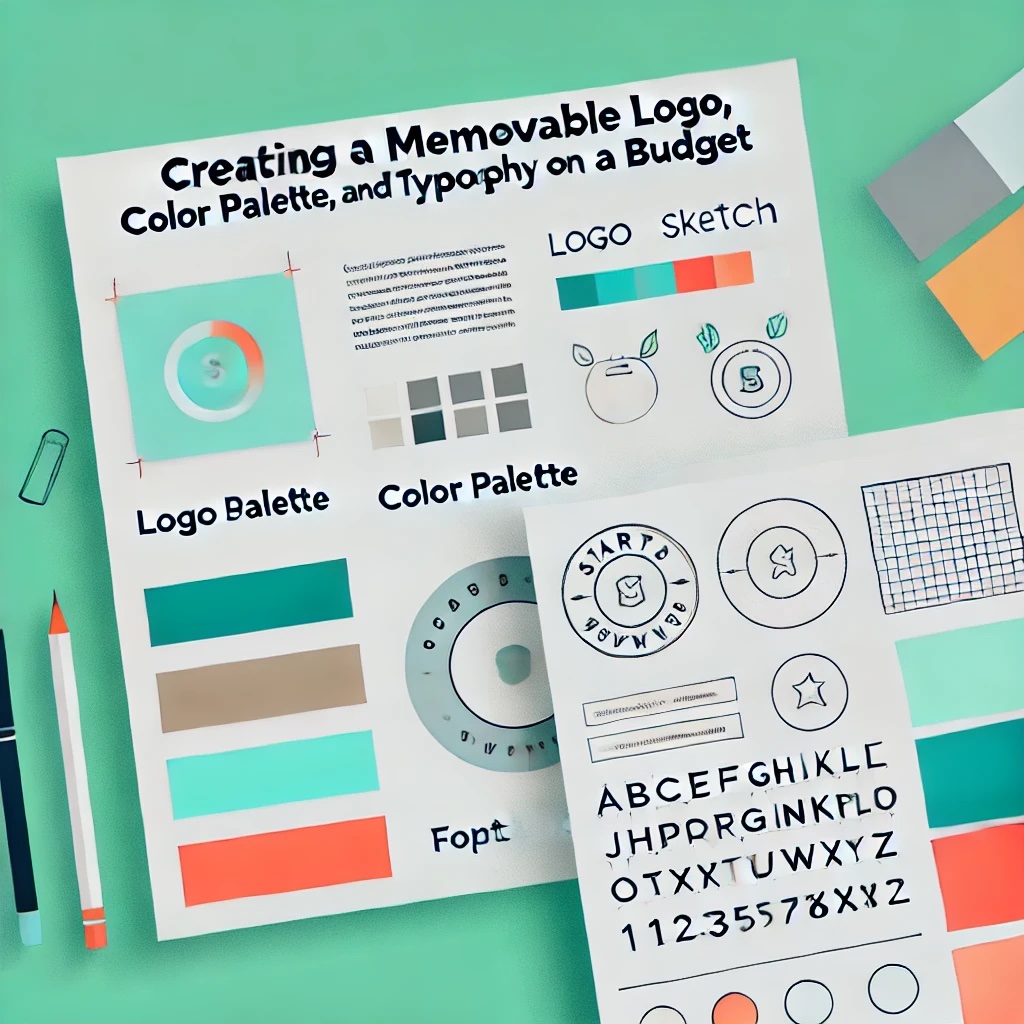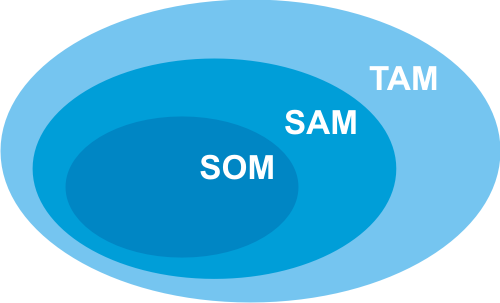Articles Description
In the fast-paced world of startups, one of the biggest challenges is ensuring that you're solving the right problem. Early validation allows founders to test their assumptions quickly and efficiently, reducing the risk of building a product no one wants. This article will explore the concept of early validation, why it’s crucial, and how startups can implement it effectively to avoid costly mistakes and pivot quickly.
Why Early Validation Matters
At the idea stage, it’s common for founders to be excited about their solution and confident that it addresses a real market need. However, passion and assumptions can cloud judgment. Here are a few reasons why early validation is critical:
1. Avoid Wasting Time and Resources
Building a full product or service without validating the core assumptions can lead to significant waste—of time, money, and effort. By testing your concept early, you can identify whether the problem you’re solving is important enough for users to pay for a solution.
2. Identify Real User Needs
Often, founders are focused on the technical aspects of their product but may overlook what users really want. Early validation techniques allow you to get direct feedback from your target audience, ensuring that you're aligned with their needs and expectations.
3. Pivot Early if Needed
If the feedback from early validation is negative or indicates that you're addressing the wrong problem, you can pivot quickly. This is far easier and less expensive when you're still in the idea or MVP stage than after you've built a full product.
4. Increase Your Chances of Funding
Investors want to see proof that there is demand for your product. By conducting early validation, you can present data that shows users are interested and willing to engage with your solution. This not only strengthens your pitch but also shows that you're data-driven and adaptable.
The Fail Fast, Learn Faster Mindset
The "fail fast, learn faster" philosophy encourages startups to test hypotheses quickly, gather feedback, and learn from their mistakes. It’s about embracing small failures early in order to avoid bigger, costlier ones later.
Key Principles:
-
Speed: Move quickly through iterations, testing assumptions with minimal investment.
-
Learning: Extract valuable insights from failures to refine your approach.
-
Adaptability: Be ready to pivot based on what you learn from early validation.
This mindset aligns with the Lean Startup Methodology, which emphasizes building a Minimum Viable Product (MVP) to test a hypothesis with real customers as early as possible.
Early Validation Methods
Startups can use a variety of low-cost and fast techniques to validate their ideas. The goal is to test your assumptions before investing too much in product development.
1. Customer Interviews
One of the most effective early validation methods is simply talking to potential customers. Conduct interviews to understand their pain points, behaviors, and whether they would be interested in your solution.
How to Do It:
-
Target Users: Identify a group of people who represent your potential customers.
-
Ask Open-Ended Questions: Focus on their experiences and frustrations around the problem you're trying to solve.
-
Listen for Insights: Pay attention to recurring pain points and solutions they may have tried.
Example:
The founders of Airbnb conducted interviews with potential users (both hosts and guests) to understand their concerns around lodging options. This helped them refine their idea and build a platform that met the needs of both sides.
2. Surveys and Polls
If you have a larger potential customer base, surveys can help gather insights quickly. Platforms like Google Forms or Typeform allow you to collect data from a wider audience.
How to Do It:
-
Craft Questions that Validate Assumptions: Ask about users’ pain points, current solutions they use, and their willingness to pay for a new solution.
-
Target the Right Audience: Distribute the survey through social media, email lists, or online communities relevant to your market.
-
Analyze Patterns: Look for trends in the data to inform your decisions.
Example:
Dropbox famously validated their concept using a simple explainer video that showed how their service would work. They used the feedback from users who expressed interest (via email signups) to prove there was demand before building the full product.
3. Landing Pages
Create a simple landing page that explains your product or service and includes a call-to-action (CTA) such as signing up for a waiting list or downloading a free resource. This allows you to gauge interest without building the product.
How to Do It:
-
Keep It Simple: Explain your product, value proposition, and the problem it solves.
-
Add Social Proof: Include testimonials, data, or case studies if possible.
-
Track Conversions: Measure how many visitors take action (e.g., sign up, click a CTA) to determine interest.
Example:
Buffer, a social media scheduling tool, started with a basic landing page that explained the product and invited users to sign up for early access. By tracking signups, they validated demand before investing heavily in development.
4. Prototyping
A quick prototype or mockup allows potential users to interact with your idea. This could be a clickable wireframe, a demo video, or a basic version of your product with minimal functionality (MVP).
How to Do It:
-
Build a Low-Fidelity Version: Use tools like Figma, InVision, or Sketch to create a simple wireframe or prototype.
-
User Testing: Allow users to interact with the prototype and observe their behavior.
-
Iterate: Use feedback to refine the prototype before developing a more complete product.
Example:
Zappos founder Nick Swinmurn validated the demand for online shoe shopping by taking pictures of shoes from local stores and posting them online. When users made purchases, he bought the shoes from the stores and shipped them. This validated the business model before any significant investment in inventory.
Common Mistakes to Avoid
Even with the right validation techniques, startups can still fall into traps that hinder meaningful feedback. Here are some common mistakes to avoid:
1. Validating the Wrong Assumption
Ensure you're testing the most critical assumptions first. If your product relies on users paying for it, validate their willingness to pay rather than focusing on secondary features.
2. Confirmation Bias
It’s easy to interpret feedback in a way that supports your assumptions. Try to approach validation with an open mind and be willing to accept negative feedback.
3. Too Much Validation, Too Little Action
While validation is crucial, avoid getting stuck in an endless loop of feedback without moving forward. Once you've gathered sufficient insights, take action and iterate.
Iterating Based on Feedback
The goal of early validation is to gather insights, act on them, and refine your solution. Here’s how to use feedback effectively:
1. Categorize Feedback
Break feedback into categories (e.g., usability, functionality, value) and prioritize the most frequent or impactful suggestions.
2. Iterate Quickly
Make small, incremental changes to your solution based on feedback, and test again. The faster you iterate, the more quickly you’ll reach a viable solution.
3. Continue the Feedback Loop
Even after launching an MVP, continue to collect feedback from users. The learning process never stops, and ongoing validation helps you stay aligned with user needs as your product evolves.
Conclusion: The Power of Early Validation
Early validation is a vital tool for startups. It allows you to test assumptions, minimize risk, and pivot quickly when necessary. By adopting a “fail fast, learn faster” mindset, you can turn small failures into valuable learning opportunities, ensuring that you build a product that truly meets the needs of your market.
As you move through your startup journey, remember that every idea is a hypothesis waiting to be tested. Embrace early validation as your guide, and use the insights you gain to build a stronger, more resilient business.
Action Steps for Startups
-
Identify the core assumptions in your startup idea.
-
Choose an early validation technique (interviews, surveys, landing pages, prototypes).
-
Collect feedback and analyze results.
-
Use feedback to iterate on your idea and pivot if necessary.
Remember: It’s better to fail fast and adjust early than to invest heavily in a product that doesn’t solve a real problem.

 Madarek Article
Madarek Article

















